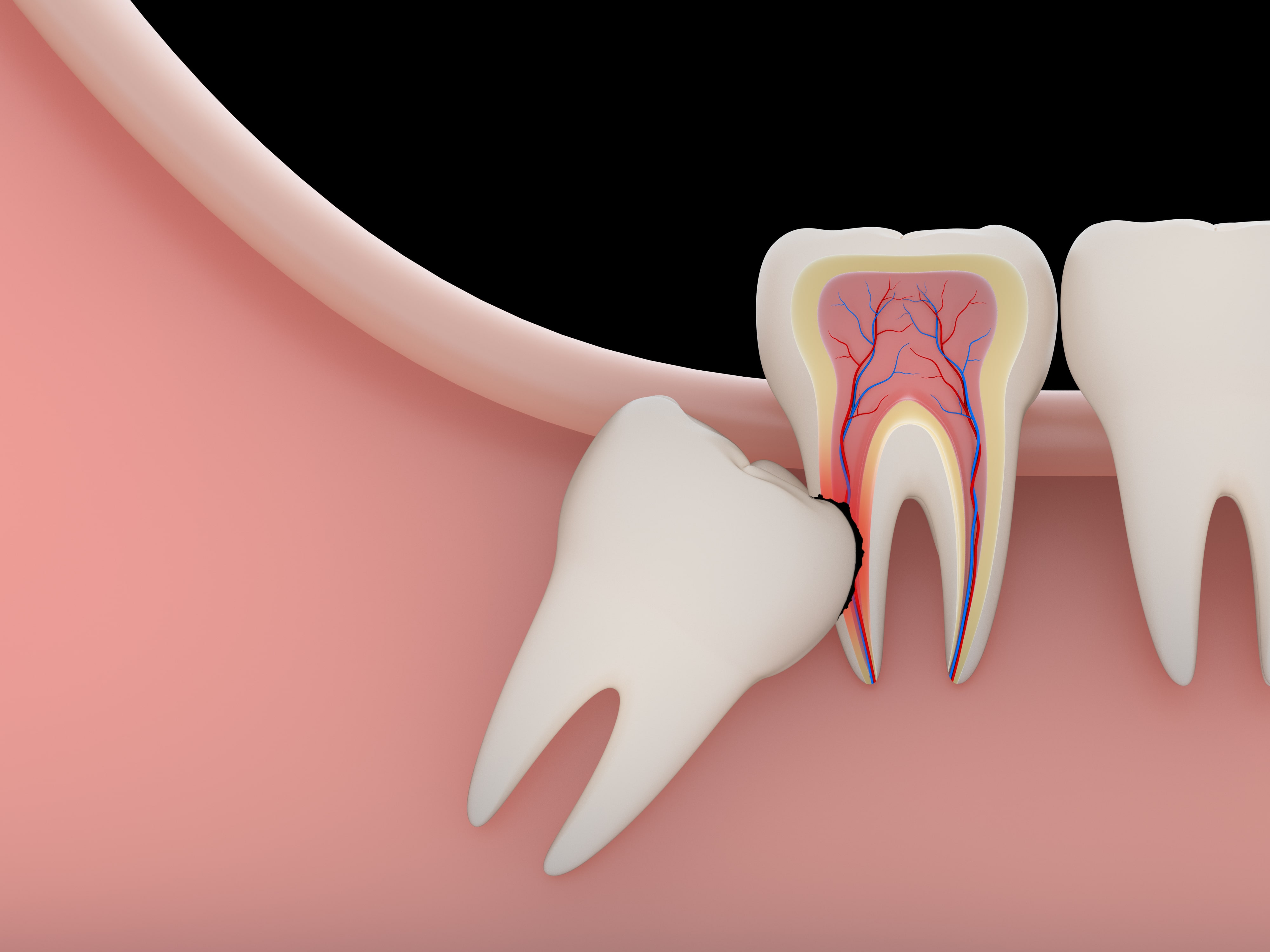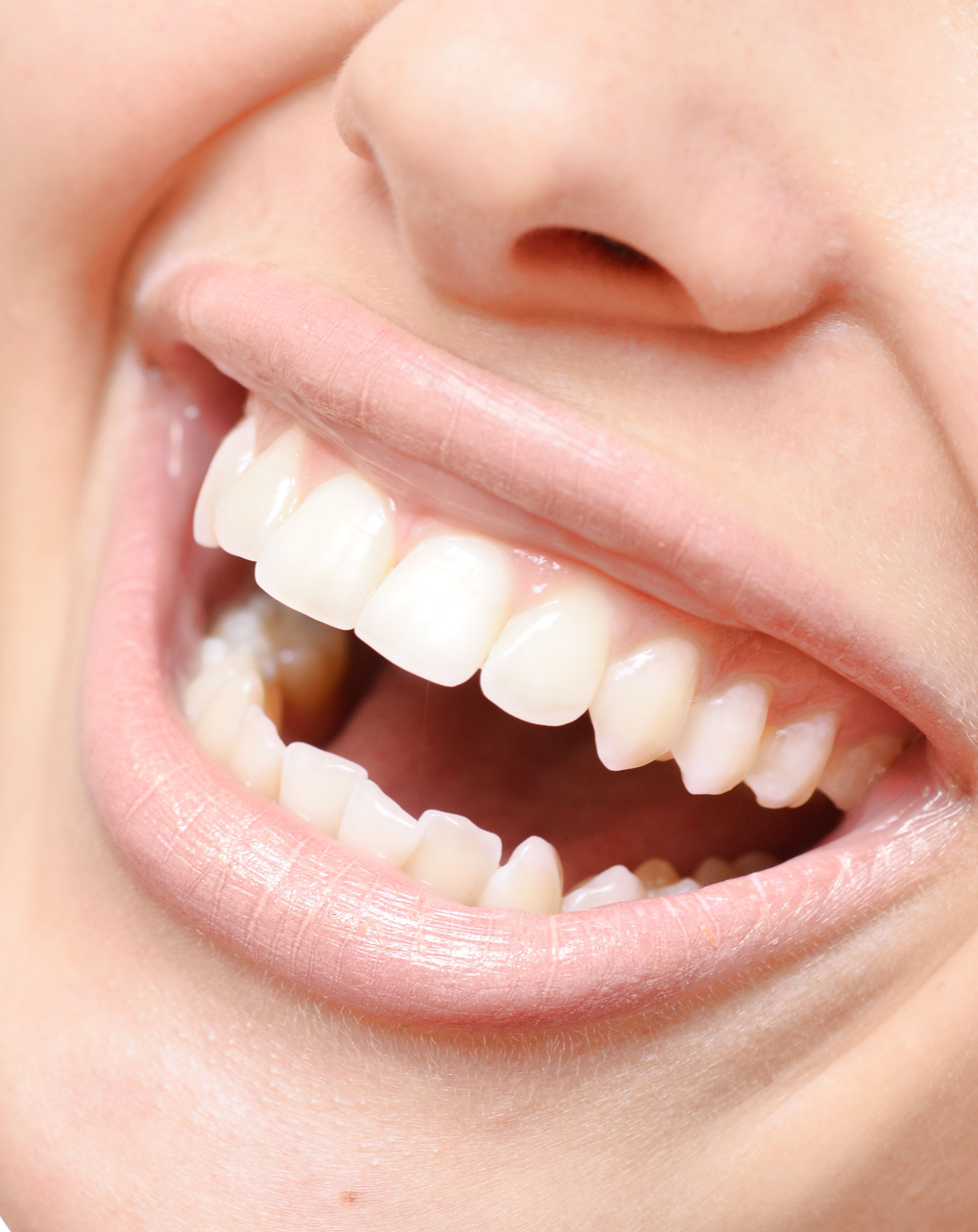781 Centre Road, East Bentleigh, VIC 3165
-
Mon- Fri 8am – 5pm
When patients go to the dentist to have cavities filled there is no question that they will have a local anaesthetic so they won’t feel any pain during the procedure. Similarly, if they are having major work such as dental implants, they can take advantage of sedation dentistry or even have a general anaesthetic (also known as sleep dentistry).
Spare a thought for people living in the Palaeolithic era – some 14,000 years ago. A team of German and Italian researchers examining a molar from a 14,000-year-old male skeleton have discovered that the man underwent a procedure to treat his cavity. Their study, published in the Scientific Reports journal in July, says markings on the molar is the earliest known evidence that humans treated cavities – and it sounds awful!
The researchers discovered strange grooves and chipping on the enamel of this partially rotten molar. They tested the indentations, and have come to the conclusion that pointed stone tools were used to probe and scrape away at the decayed zone. All indications are that the scratches were made while the 25-year-old male was still alive – and you can bet there was no sedation dentistry being practised at this surgery.
The skeleton was discovered in a rock shelter in northern Italy in 1988 but the primitive dental treatment went unnoticed for the past 25 years. The researchers believe that the treatment evolved from tooth picking, which was popular among Palaeolithic people. Ancient toothpicks made of bone and wood have been discovered in archaeological digs. It is believed these people progressed from picking food scraps from their teeth to removing decay.
Sedation Dentistry Makes Procedures Much More Bearable
Surprisingly, the treatment is similar to the cavity treatment dentists use today. Modern dentists drill into the tooth to remove the decayed section. The notable differences are that they use sterile drills, rather than rock tools and, of course, they numb the mouth with a local anaesthetic!
Fillings arrived on the scene about 6500 years ago. According to a 2012 study, a Neolithic tooth was found in Slovenia with a beeswax filling.
However, the most recent study, has turned assumptions about cavities upside down. Cavities are generally associated with a diet high in carbohydrates and were believed to have become prevalent with the arrival of agriculture in the Neolithic period. However, this 25-year-old male and his friends were suffering from toothaches several centuries earlier!
The cavity in this 14,000-year-old molar, and the primitive and pain-inducing attempt to treat it, reveal that humans’ diets were evolving to include more carbohydrates even before farming began. Once our grain-based diet was firmly established, cavities – and visits to the dentist – had become a fact of life.
Visit your Bentleigh Dentist
Discover how dentistry and pain management has evolved at East Bentleigh Dental Group. We offer sedation dentistry or sleep dentistry depending on the procedure to ensure you are as comfortable as possible. Book a consultation today on (03) 9575 1100 or contact us online.
– See more at: https://www.ebdg.com.au/blog/sedation-dentistry-manage-pain-anxiety-treatment/#sthash.7HQo8YEn.dpuf







